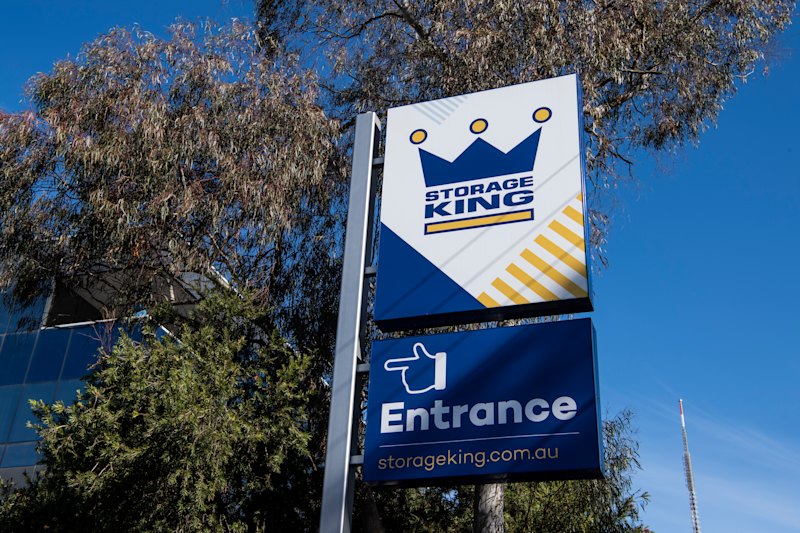Port Hedland property as expensive as Sydney waterfront
For those fortunate enough to have caught an early slice of real estate in the Pilbara’s iron ore town of Port Hedland, life is very good. For the moment at least.
Those playing catch up in the market are forking out around double what could buy them a three-bedroom apartment with harbour views in Sydney.
It is no secret property and rental prices in Port Hedland, and boom towns like it, have reached absurd heights in 2011, but the problem has pushed workers into less than desirable living arrangements, and in some cases forced families to live apart.
While there is hope on the horizon for an affordable block of land for owner-occupiers, ballots for new blocks are drawn infrequently despite the state government’s rush to release crown land.
The future of towns like Port Hedland remain a mystery with local real estate agents torn over what will happen when the fly-in, fly-out workforce diminishes, effectively signalling the end of the boom.
On the back of the boom
The Port Hedland median house price has almost doubled in four years from $600,000 in 2007 to more than $1 million this year, according to Real Estate Institute of WA figures.
Two bedroom units in a multilevel apartment complex on Wedge Street in Port Hedland are selling off the plan for an “entry level” price into the market of $995,000.
More than half of the properties in Port Hedland are rentals, the REIWA figures show.
But the rental market does not offer a cheaper alternative to buying.
Three-bedroom units on Kingsmill Street with stunning oceans views are listed for $3200 per week on realestate.com.
A three-bedroom unit in exclusive Piper Point on Sydney’s North Shore boasting “world class Sydney harbour views” is listed at $1500, less than half the price of its Port Hedland equivalent.
Ray White Port Hedland partner, Peter Dunning, said mining companies had driven up the market by offering their employees rental subsidies.
“Offering to pay their rent has been a catalyst for putting the market through the roof,” he said.
“Nobody in their right mind would pay $3000 a week of their own money for a property.”
Jan Ford Real Estate Port Hedland sales representative, Lisa Jones, said $3000 a week for a three-bedroom, two-bathroom residence was “a standard now” for parts of Port Hedland.
“You’re lucky if it’s on 650 square metres,” she said. “You don’t have room for a pool or a shed.”
Ms Jones said property prices had “squeezed” families out of the market forcing many workers to become FIFOs.
“There’s not enough land and houses being built and developed for the demand,” she said.
“They have to go FIFO which is a terrible situation for anybody to have to choose.”
Ms Jones bought her first property in Port Hedland 11 years ago for about $150,000.
After selling it recently she calculated the property increased in value by about $100,000 each year.
FIFO camps
The Pilbara has become a global leader in iron ore and liquefied natural gas production over the past five to 10 years.
The region boasts more than $17.7 billion of committed iron ore projects, according to the Chamber of Minerals and Energy and more than $30 billion worth of gas investments.
Mining infrastructure and operation scale has increased so rapidly real estate cannot come close to keeping up, forcing a greater reliance on FIFOs.
FIFOs tend to be contractors brought in for short-term construction projects, not for the life of the mine or gas hub.
FIFOs are typically accommodated in self-contained mining camps outside of towns.
“Hot bedding”, a practice where workers tag team rooms depending on their rosters, has become commonplace.
The Fortescue Metals Group workers’ camp outside of Port Hedland known as Club Hamilton currently houses 450 hot-bedding FIFOs. An FMG spokesperson said this number is expected to blow out to more than 700 by March.
The House of Representatives Standing Committee launched an inquiry in August into how FIFO arrangements impact on families and regional communities.
The race for land
The State Government has been working fast to release crown land for residential housing, using a ballot system for land-buyers.
The land release was not just designed to ease property and rental prices, but also designed for development to encourage people to remain in the town when the boom ends. The ballot was created by Landcorp to distribute crown land as it became available.
The ballot was designed to ensure greater competition and drive down the cost of housing, according to a Regional Development and Lands spokeswoman.
“Many elements affect when land can be released and when, including Native Title, power, water and waste water requirements,” the spokeswoman said.
However, Ms Jones said land was not being released fast enough to make a dent on prices.
Those looking to build their own houses in Port Hedland still face costs of up to $800,000 and can wait years to get a look-in through the ballot system.
The most recent Port Hedland ballot was drawn in April when more than 300 groups competed for a chance at 39 blocks of land. Some had been putting in ballots for several years and have yet to secure a block.
After the boom
The inevitable end of the Pilbara boom has been predicted as early as one decade away, but may also be more than 60 years away. What happens when the FIFO workplace diminishes, leaving smaller operational teams behind is not yet known.
Ms Jones said she was confident those who moved into Port Hedland during the boom would stay on if the government developed the infrastructure needed to sustain a regional city.
But Mr Dunning, a Port Hedland resident for nearly 20 years, was less optimistic about the intentions of the Pilbara’s new population.
The real estate market will eventually “die” with the boom as workers move on to more lucrative pastures or simply retire, he said.
“You can retire after five years working here,” he said.
“It has been very good to me but I don’t want to die in Port Hedland.”
States
Capital Cities
Capital Cities - Rentals
Popular Areas
Allhomes
More







